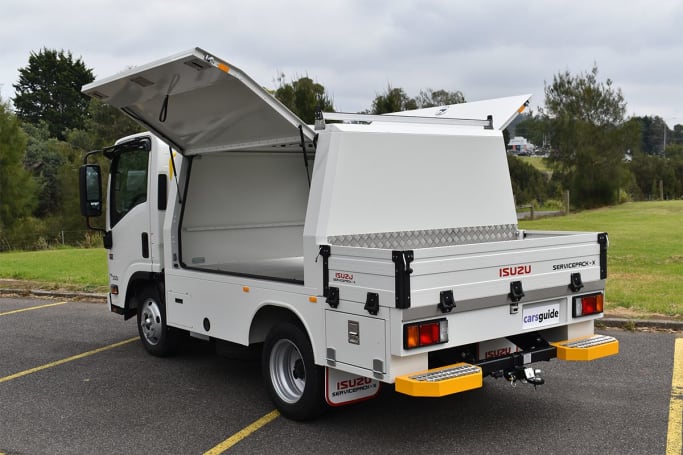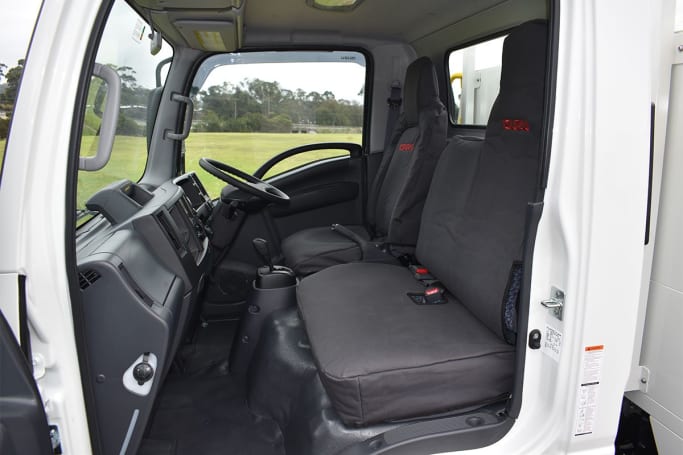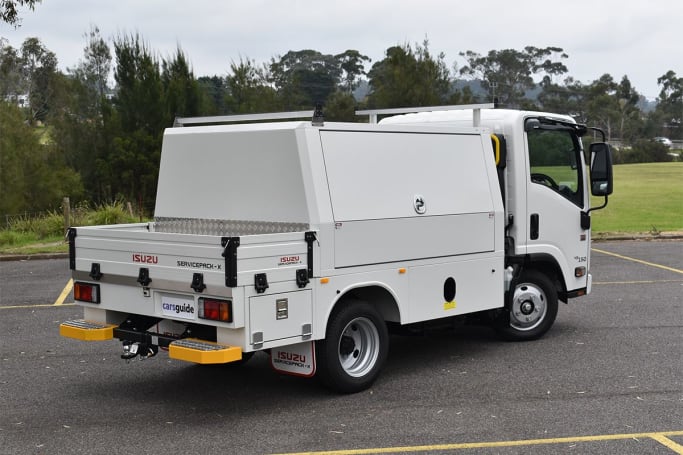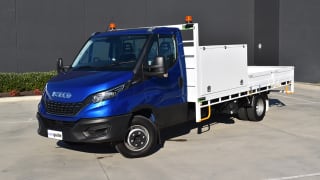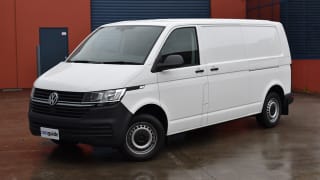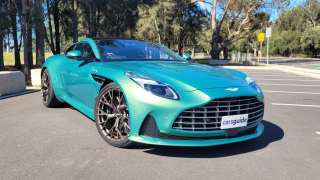Our test vehicle, to use its full model name, is the NLR 45-150 SWB AMT Servicepack X. It’s the most compact model in the N-Series range and as a result is similar (and in some cases much smaller) in key dimensions to a one-tonne ute. It only comes in one specification with 3.0-litre turbo-diesel, six-speed automated manual transmission (we’ll get to that) and dual-rear wheels, for a list price of $87,789.
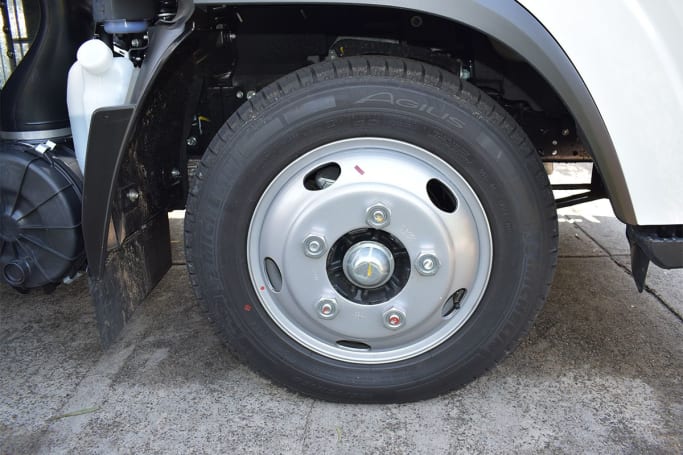
In addition to its service body, this hard-worker comes standard with half a dozen 16-inch steel wheels, 195/75R16C Michelin tyres and a full-size spare. The single cab is well-equipped with useful features like keyless entry with central locking of cab and service body, big door mirrors with power adjustment, heating and lower wide-angle view, driver’s bucket seat with mechanical suspension and weight adjustment up to 130kg, two-way adjustable steering column, cruise control and bright LED interior lighting. Also standard is a 4000kg-rated tow-bar, reversing camera, loud reversing alarm and door-mounted cornering lamps.

There’s also an infotainment system with smallish 6.2-inch control screen and DAB+ radio. Even though there’s no Apple CarPlay or Android Auto, it has multiple connectivity including internet radio via smartphone, external camera inputs, navigation, reversing sensors and tyre pressure monitoring. The driver also gets a multi-information display and there’s plenty of the latest safety tech headlined by AEB.





